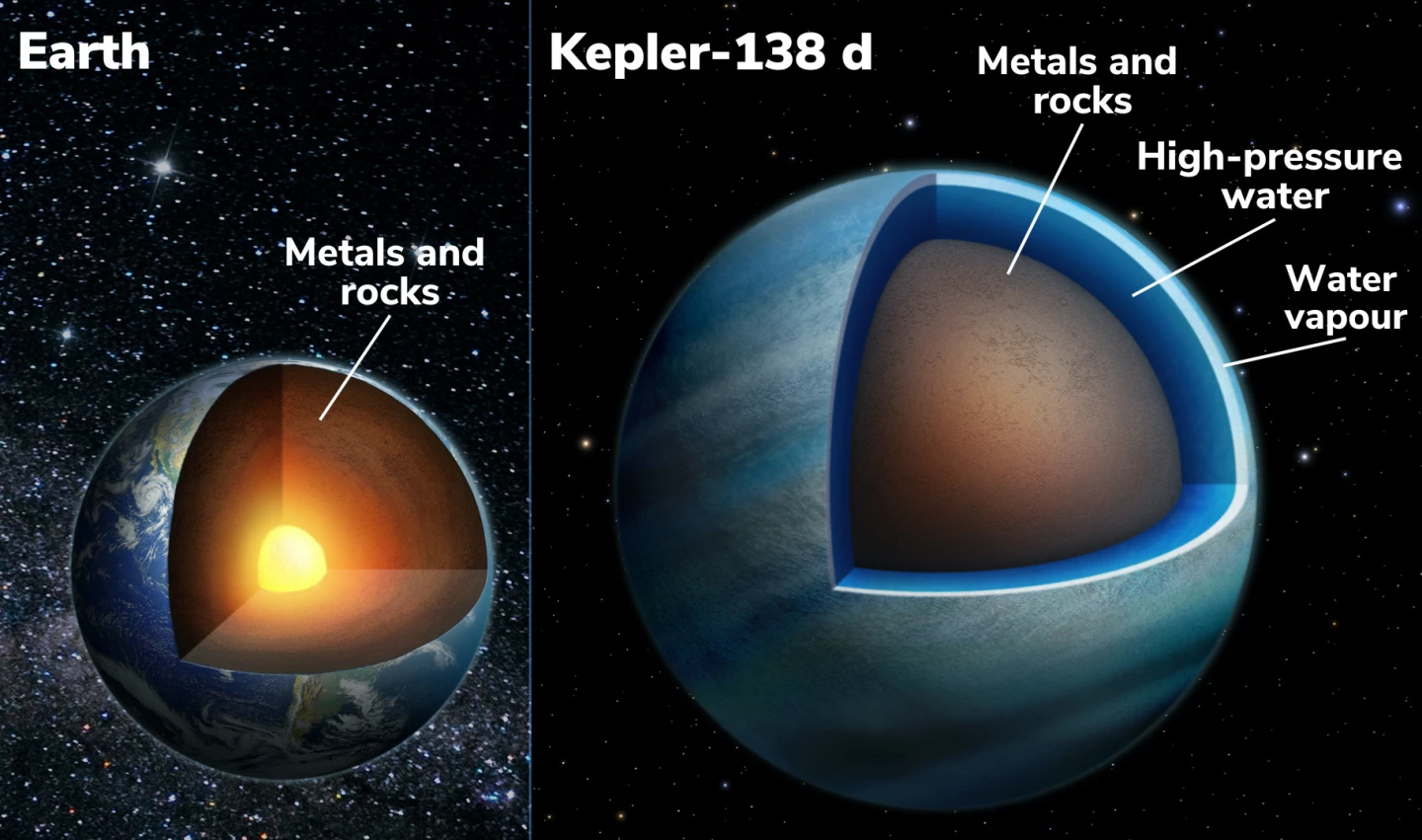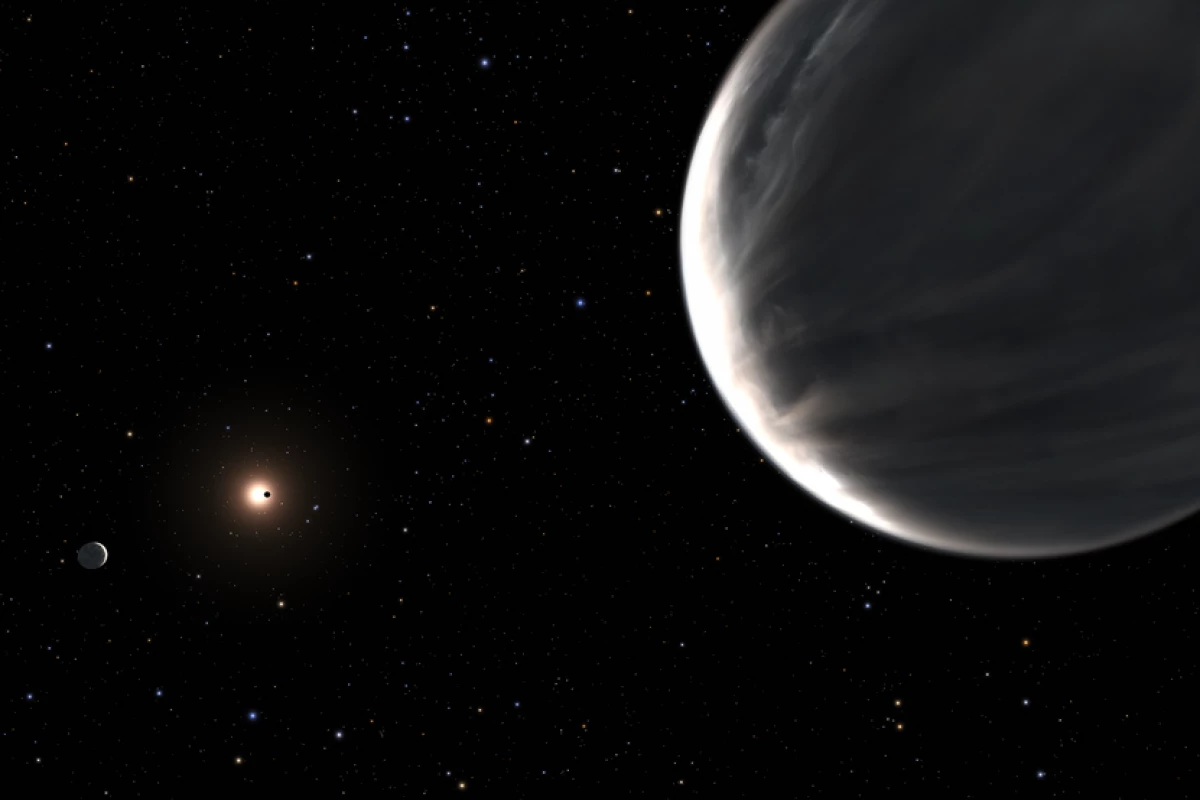Get Kevin Costner on the phone – astronomers may have found some water worlds. Two nearby planets have been found to be covered in deep global oceans under hot, steamy atmospheres.
From temperate rocky worlds to giants made of gas or ice, our solar system is home to a wide variety of planets. But since astronomers have started cataloging planets around other stars, they’ve discovered that a few common types are missing from our local area, such as Super-Earths and mini-Neptunes.
In a new study, a team of astronomers has identified the best evidence so far of a long-hypothesized type of exoplanet – the water world. As might be expected from the name, these planets would be covered in a deep ocean, surrounding a rocky or icy core.
The planets in question are known as Kepler-138 c and Kepler-138 d, orbiting a red dwarf star about 218 light-years away in the constellation of Lyra. Both planets are more than three times the size of Earth and have twice the mass, which means their densities are much lower than our home planet. The most likely explanation for this strange ratio is water, and lots of it.
According to their models, the team says that these planets are over 50% water by mass, making them far wetter than Earth, the mass of which is just 0.02% water. This would mean oceans around 2,000 km (1,243 miles) deep cover the surface, highly pressurized beneath dense, steamy atmospheres.

“Imagine larger versions of Europa or Enceladus, the water-rich moons orbiting Jupiter and Saturn, but brought much closer to their star,” said Caroline Piaulet, lead author of the study. “Instead of an icy surface, they would harbor large water-vapor envelopes.”
The concept of water worlds is far from new. Previous studies have suggested that these planets should be fairly common in the cosmos, especially around red dwarf stars, based on modeling of how planets form. Plenty of candidates have been identified, but most planets of their size were considered more Earth-like.
“We previously thought that planets that were a bit larger than Earth were big balls of metal and rock, like scaled-up versions of Earth, and that's why we called them super-Earths,” said Björn Benneke, co-author of the study. “However, we have now shown that these two planets, Kepler-138 c and d, are quite different in nature and that a big fraction of their entire volume is likely composed of water. It is the best evidence yet for water worlds, a type of planet that was theorized by astronomers to exist for a long time.”
Further observations by telescopes like James Webb could help identify more of these water worlds, and perhaps even spot signs of life in their atmospheres.
The research was published in the journal Nature Astronomy. The team describes the findings in the video below.





